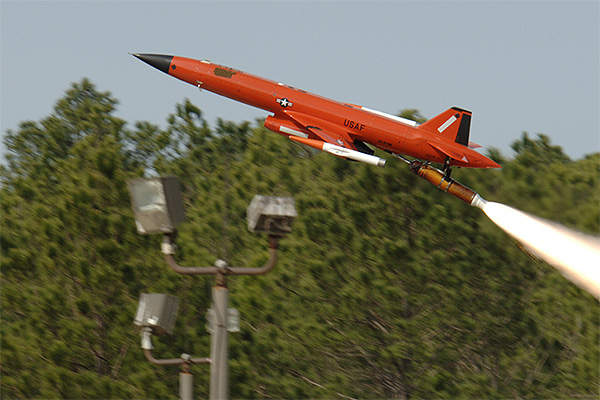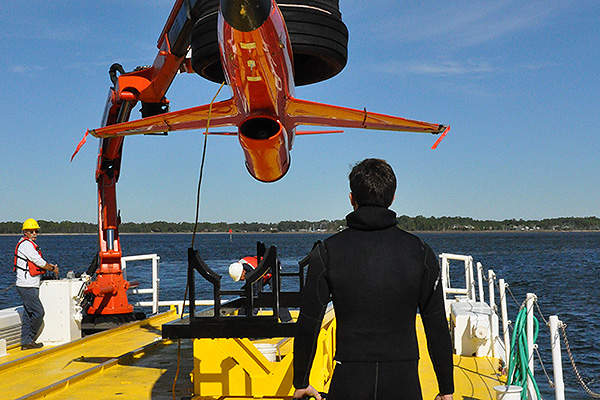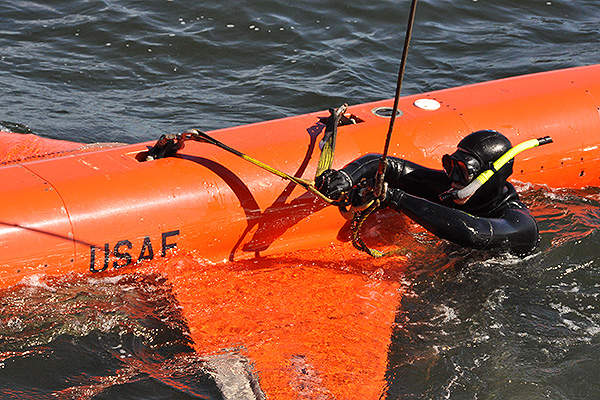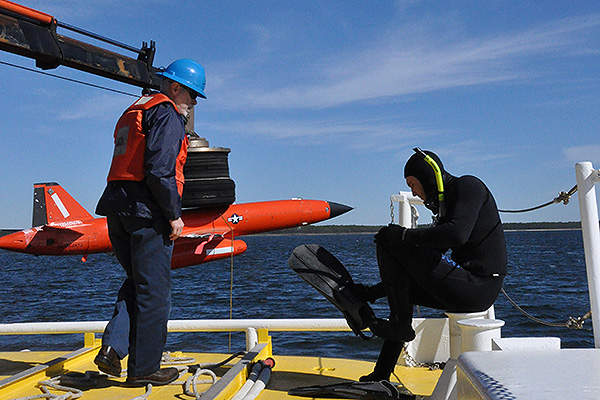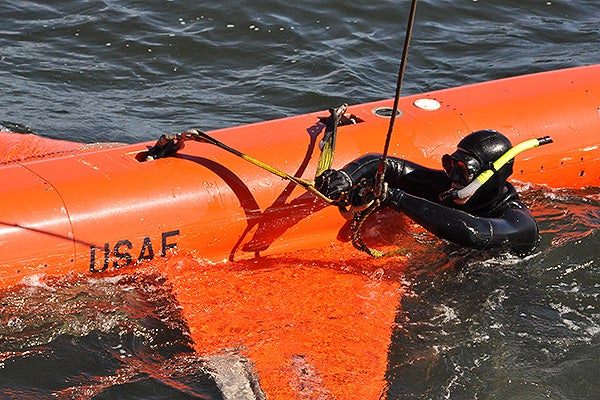
BQM-167A is a sub-scale aerial target system designed and manufactured by Composite Engineering, for the US Air Force (USAF). The system can be deployed to provide threat-representative target for the test and evaluation of new air-to-air weapons systems of the USAF and the US Department of Defence (DoD). The aerial target system is also used to provide training for aviators in air-to-air combat environment.
It is operated and maintained by the 82nd Aerial Targets Squadron at Tyndall Air Force Base in Florida.
Development of BQM-167A
The BQM-167A system is a replacement for the MQM-107 and BQM-34 aerial targets. Two prototypes were developed and tested in 2001.
The USAF selected BQM-167A as the next generation Air Force Sub-scale Aerial Target (AFSAT) in July 2002 and selected Composite Engineering as the preferred bidder for the AFSAT programme. The company manufactured a total of six systems for the Flight Performance Demonstration (FPD) phase.
The unmanned system made its first flight in December 2004 and performed 13 FPD launches through March 2006. The target passed first acceptance testing in August 2006. A total of 13 test flights were conducted during the pre-operational testing through June 2007. The system performed live-fire mission in February 2007 and achieved initial operational capability in 2008.
The joint surveillance and target attack radar system (JSTARS) is a joint development project of the US Air Force and Army which provides an airborne, stand-off range, surveillance and target acquisition radar and command and control centre.
BQM-167A orders and deliveries
Composite Engineering, a subsidiary of Kratos Defense & Security Solutions, secured a sole source, indefinite delivery/indefinite quantity, firm fixed price order worth $7.3m to deliver 54 spare parts for the aerial target. Deliveries will conclude in November 2014.
Composite Engineering also secured a $32m sole source option award from the USAF for the delivery of an additional 28 BQM-167A aerial systems in January 2013. The company also agreed to provide logistics and technical support services for one year. The deliveries are scheduled for completion in mid-2015.
Design and features of AFSAT
The BQM-167A aerial target, built with materials made from carbon fibre and epoxy resins, delivers high performance and long endurance.
The unmanned system can be launched off the ground using a rocket assisted take off (RATO) system with a zero length launch rail. It can be recovered from land or water using a parachute recovery system developed by Irvin Aerospace.
The drone has a length of 20ft, a height of 4ft, and a wing span of 10.5ft. The maximum launch weight of the vehicle is 2,050lb, whereas the dry weight is 650lb.
Payloads and sensors attached to BQM-167A AFSAT
The BQM-167A aerial target drone is equipped with a number of internal and external payloads to support a variety of mission requirements. It features GS-111 INS sensor systems developed by Athena Technologies.
The payload systems include smoke oil, scoring, passive and active radar augmentation, electronic countermeasures, internally stored chaff and flare, and infrared (IR) augmentation.
The drone is also fitted with other electronic systems, which are manufactured by Micro Systems, such as identification friend-or-foe transponder, electro explosive device, power management unit, integrated flight controller, and Gulf Range Drone Control System transponder that supports eight targets simultaneously.
Engine and performance of BQM-167A
The BQM-167A aerial target system is powered by a MicroTurbo Tri 60-5+ turbojet engine developing a thrust of 1,000lb.
The unmanned system has a standard fuel capacity of 115 gallons and a maximum fuel capacity of 135 gallons. It can also carry five gallons of smoke oil.
The system can operate at an altitude of 50ft above the ground level and 50,000ft at mean sea level. Its true airspeed ranges between 230kt and 600kt at sea level, whereas the maximum speed is Mach 0.93. The aerial target’s manoeuvres include turns to a g-limit of 9g and other aerobatic turns.

